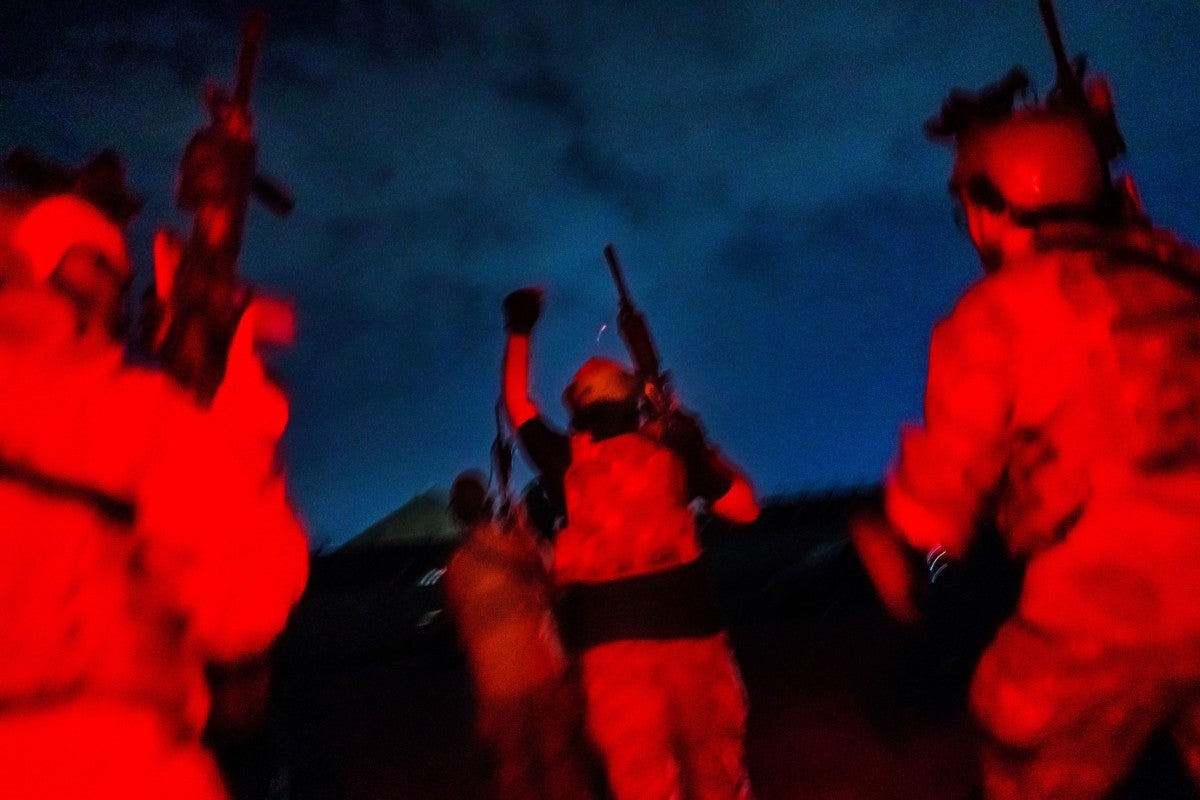2022 Pulitzer Prize winners capture turmoil at home and abroad
The winning photographs highlight the US's withdrawal from Afghanistan, the Capitol insurrection, and COVID-19's toll on India.

The winners of the 2022 Pulitzer Prizes have been just announced and, given how eventful the year 2021 was, it should be no surprise that there is some incredible work showcased in the two photography categories: the Pulitzer Prize for Breaking News Photography and the Pulitzer Prize for Feature Photography. Although the awards are given for journalism—or journalistic photography—published in the US, the photos and the events they highlight are from around the world.
Each winner gets $15,000 in cash—though we suspect that being able to call yourself a Pulitzer Prize winner is probably the real award. You can check out the full awards over on the Pulitzer Prize website.
The Pulitzer Prize for Breaking News Photography

Related: 10 photojournalists to follow to stay informed on Ukraine
The Pulitzer Prize for Breaking News Photography was jointly won by Marcus Yam of the Los Angeles Times and Win McNamee, Drew Angerer, Spencer Platt, Samuel Corum, and Jon Cherry of Getty Images.
Yam’s award was for his “raw and urgent images of the U.S. departure from Afghanistan that capture the human cost of the historic change in the country.” His work was originally entered in the Feature category, but it was moved to Breaking News by the jury.

The team from Getty’s award was for “comprehensive and consistently riveting photos of the attack on the U.S. Capitol.” The Pulitzer Prize jury is obviously pulling no punches with how they view the events of January 6th, 2021.

With two winners, there was only one Finalist: an Anonymous, freelance contributor to The New York Times for “striking images, conducted at great personal risk, of the military coup in Myanmar.” If this sounds familiar, we also featured this photographer when we covered the regional winners of the World Press Photo Contest.
The Pulitzer Prize for Feature Photography

The Pulitzer Prize for Feature Photography was won by Adnan Abidi, Sanna Irshad Mattoo, Amit Dave, and the Danish Siddiqui (who was killed on assignment in Afghanistan last year) of Reuters for “images of COVID’s toll in India that balanced intimacy and devastation while offering viewers a heightened sense of place.” Although originally entered in the Breaking News category, it was moved to the Feature category by the jury.
The two Finalists were Gabrielle Lurie of the San Francisco Chronicle and the Photography Staff of Reuters.

Lurie’s nomination was for “intimate and harrowing images of a mother’s attempts to care for her homeless, drug-addicted daughter.” The series featured on the Pulitzer’s website tells an all too common American tale.

The Reuters staff were nominated for “images of climate change collected around the globe, effectively portraying extreme and dangerous natural events as common and widespread threats to human life.”
How to enter the Pulitzer Prize
Believe it or not, anyone can nominate themselves (or anyone else) for a Pulitzer Prize provided the submitted photos were featured on “U.S. newspapers, magazines, wire services, and online news sites that publish regularly.” Be prepared to pay a $75 non-refundable fee if you do choose to submit. Of course, given the standard of the winners, it’s highly unlikely you’ll win unless you’re covering important or newsworthy events, but you can still throw your name in the hat if you’d like.
